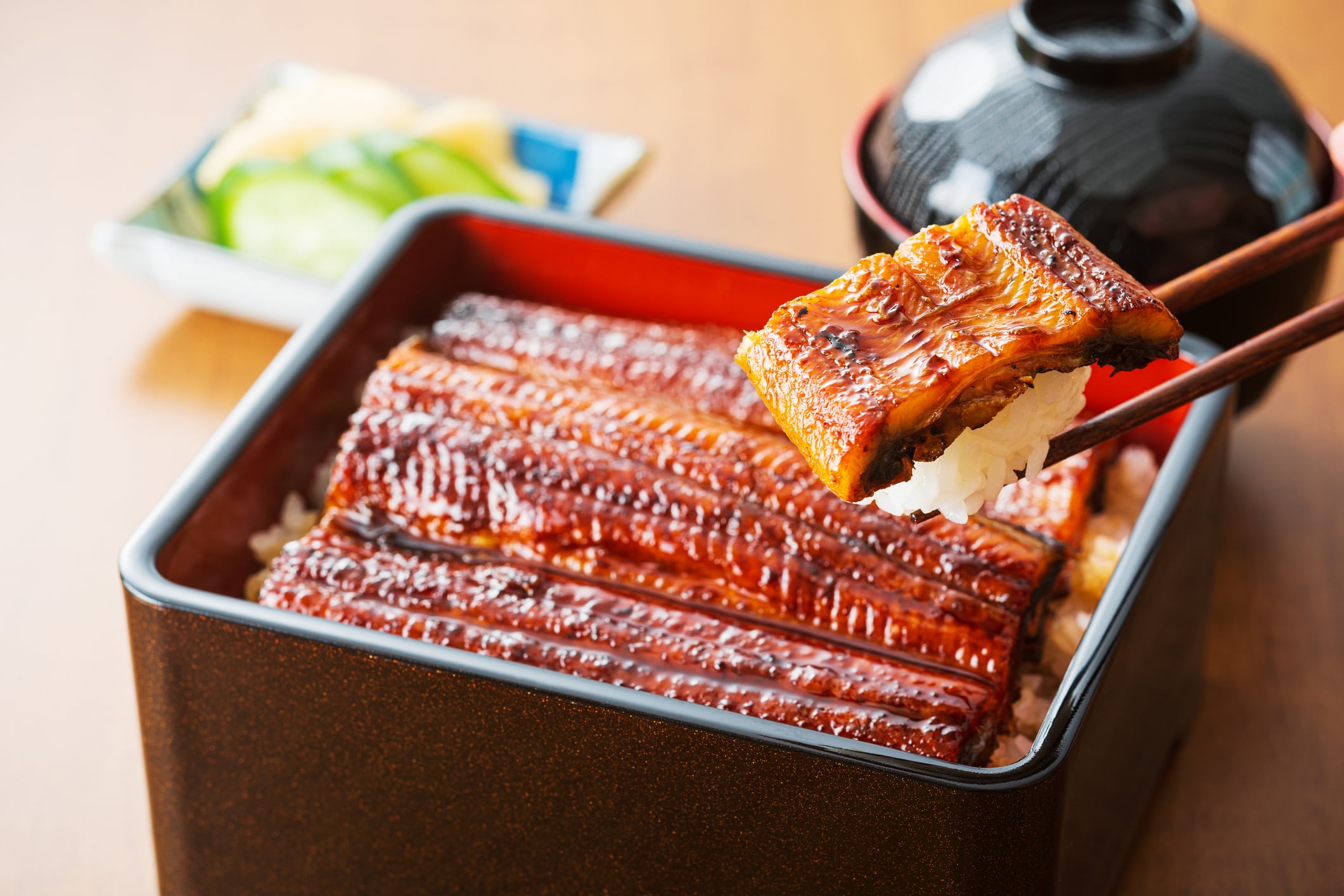MARA announced the approval of the new varieties on July 11.
The ministry said that the varieties focused on three major characteristics: high-yield, disease resistance, and specialised varieties.
A majority of the approved varieties, a total of 119 were high-yield with stable performance. This accounted for almost 80% of the approved varieties.
According to MARA, these high and stable yield varieties reliably outperformed control varieties by over 3% in terms of yield.
For instance, the Xinke Mai 178 variety yielded 53kg more per mu, which equates to approximately 795kg per hectare.
Compared to the control, this was an 8.4% increase.
Stronger and specialised
The new batch of approved varieties also aimed to strengthen wheat production against diseases.
Twelve varieties had resistance to ergot and 20 varieties had resistance against stripe rust.
MARA highlighted Yangmai 53, which was bred with resistance against stripe rust, and Yangmai 53, which has resistance to ergot and was moderately resistant to powdery mildew.
These new disease-resistant varieties marked “significant progress” in China’s wheat breeding program.
There were 37 high-quality specialised varieties were approved. This accounted for 25% — an increase of 3 percentage points from 2024.
Additionally, 25% of varieties approved were high-quality, specialised varieties.
These include five strong-gluten and five weak-gluten specialised varieties, along with 27 medium-strong gluten varieties.
MARA said this expanded range will “further enrich the selection of specialised wheat options for producing bread, biscuits, and other food products.”
Securing wheat in China
In recent years, China has approved a series of high-yield, stable, water-saving, and high-quality specialised wheat varieties.
More than 75% of approved varieties are categorised as having high and stable yields.
As a result, yield levels have increased annually, said MARA.
For instance, Zhoumai 49, approved in 2024, recorded an 8% increase in trial yields compared to control varieties.
Water-saving varieties such as Malan 1, approved in 2021, have also proven cost-effective, conserving over 50 cubic metres of water per mu (750 cubic meters per hectare) and reaching a cumulative planting area of more than 9 million mu (600,000ha).
According to MARA, high-quality and specialised varieties now account for over 20% of total approved wheat type.
Zhongmai 578, a strong gluten variety, has been planted on 9.77 million mu (651,333 ha) in 2024 alone.
MARA said these varieties have played an important role in improving its wheat yield, quality and efficiency.
“Looking ahead, MARA will continue to prioritise production-oriented variety development, strengthen collaboration between central and local governments, and roll out a comprehensive initiative to manage crop varieties across the entire value chain.
“This includes stricter oversight of variety trials, more rigorous approval processes, prevention of homogenised or overly decorative breeding practices, and expanded efforts to showcase, evaluate, and promote high-performing varieties.”
At the same time, it will also phase out underperforming or outdated varieties.
“MARA also plans to accelerate the removal of varieties with obvious shortcomings, safety risks, or little adoption, ultimately aiming to raise the overall quality of approved crop varieties and support China’s broader goal of increasing large-scale grain and oil crop yields.”




